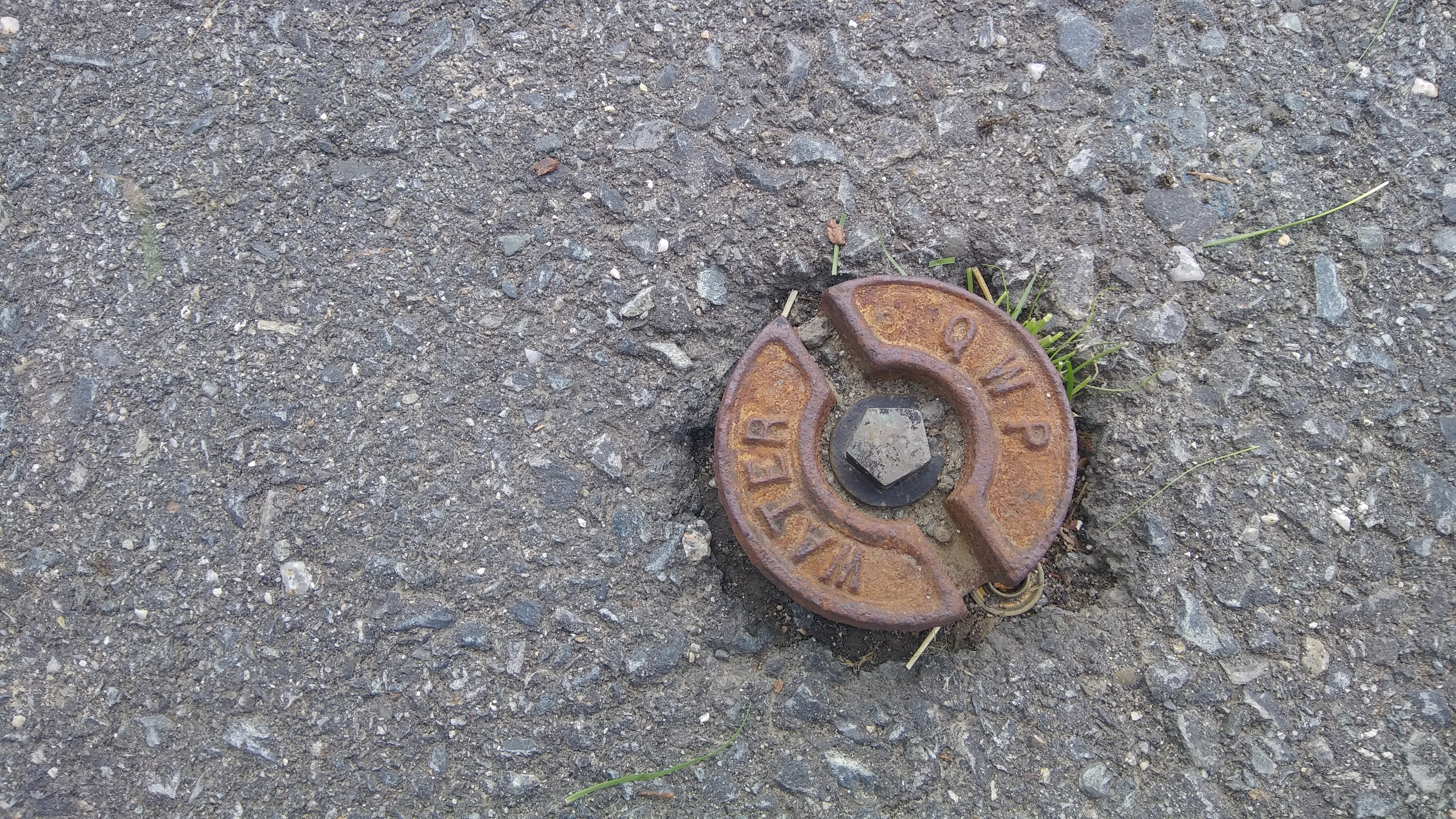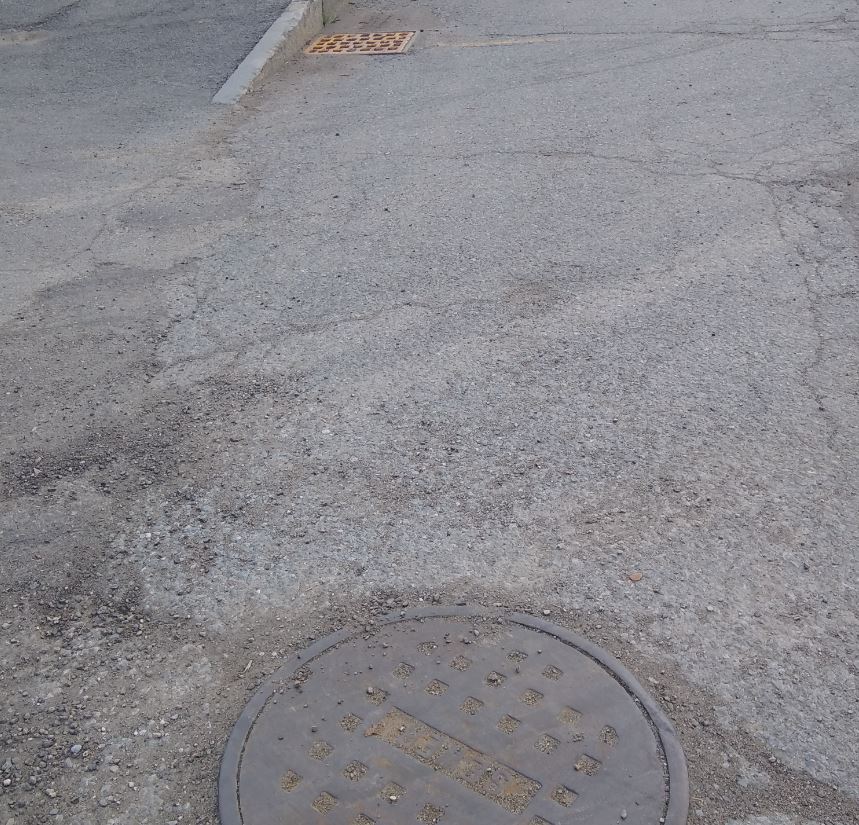Frequently Asked Questions
Water | Sewer
Please find many frequently asked questions below about service with the Jackman Utility District. If you don't find an answer to your question below, feel free to reach out to us. Our contact details can be found on the Contact page.
Water Related Questions:
Big Wood Pond has been the drinking water source for the Moose River Valley since 1911.
One cause of reduced pressure in your home is plugged screens in the fixtures. The first thing you should do is unscrew any faucet end that has a screen and make sure there is no loose material trapped in the screen restricting flow.
Another cause of reduced pressure or pressure surges is a faulty pressure reducer. Many pressure reducers have screens in them that can be taken apart and cleaned.
We recommend each home on public water install a pressure reducer. We have a 200,000 gallon underground reservoir located on the top of the hill that provides fire protection as well as pressure by gravity to feed our system. The location of the tank results in about 140 pounds of pressure throughout much of our system. Without a properly functioning pressure reducer many internal plumbing fixtures can be damaged or pipes can burst resulting in expensive water loss and damage in homes.
We use Sodium Hypochlorite to disinfect the drinking water to ensure it is safe for consumption. If you notice a chlorine smell in the water we recommend you fill a container with water and allow it to sit in the fridge over night to allow the chlorine to dissipate out of the water.
Most residential homes use a 5/8” water meter. The minimum charge is $74.68 for 1200 cubic feet. There are 7.48 gallons of water in 1 cubic foot of water. This means it costs $74.68 for 8,976 gallons of water. $1.00 buys you 120 gallons, or each gallon cost $0.008, yes less than 1 penny per gallon.
If you use the minimum of 1200 cubic feet quarterly that’s approximately 100 gallons per day.
It is the homeowner’s responsibility to maintain all plumbing fixtures within the home. You should call the Utility District if you notice water leaking at or near your water meter and an operator can come over to fix the problem. The homeowner will be charged labor and parts to fix the leak.
Each property that has public water has a shutoff located at the property line that says Water on it. It is designed to move up and down with the ground as the frost moves the ground. Sometimes it does not settle back down with the ground after the spring thaw. If you notice this please call the District and an operator will come lower the shutoff at no charge. Please see below for an example:

You can fill out the service agreement form and email it to the District at judwas@myfairpoint.net and mail the $20 if there is only water or sewer at the property and $30 if the property has both water and sewer.
The name change fee is set up mainly to pay for the time spent on the paperwork side of the account. Each property has its own Trio account folder filed in a cabinet. That needs to be pulled a new label put on the folder and filed accordingly with a copy of the deed work printed from the registry. The billing program we use needs to be updated with correct contact information as well as our emergency response plan contact list. The operator tie books need to be updated in both vehicles as well as the master located in the office. An operator needs to visit the property to get an accurate reading on the meter to bill the previous owner or tenant consumption up to that point. All of this paper work takes time so the $20-$30 covers the time the office staff and operators spend updating the files as well as the physical trip to the location to get a meter reading.
A copy of our annual Consumer Confidence Report (CCR) is available on our website. Any violations of the Maine State Drinking Water Programs Regulations will be listed in the CCR.
The lead in our drinking water sources are low. There have been detections of lead in some houses. If a water sample from your home showed lead levels, that lead most likely came from the plumbing within your home, especially if the house is build pre-1987. Some solder may contain lead as well as some fixtures. The District does not have any lead service lines identified as of February 2025.
That all depends on how long you are planning to have your water shut off for. It costs $74.68 for 3 months to leave the water on. It does not cost anything to have your water shut off but it does cost $40 to have the water turned back on. So if you are going to have your water off for at least 2 months, then it should save you money on your quarterly bill. It also may save you from an expensive water bill from a freeze up in the winter if your water were to freeze up during the winter. We recommend shutting camps down for the winter especially if they are not tended to on a regular basis.
The water rates we have in place are designed to sustain our infrastructure based on consumption. The water lost during a leak in a home still cost money to make even if it was not used by the homeowner. If the water did not go into the sewer we may be able to credit the sewer but the homeowner does need to pay for the water.
Sewer Related Questions:
Many times the smell of sewer gas in your home is caused by plumbing traps going dry. The traps under sinks, toilets and shower/tub drains are designed to keep standing water in the trap to prevent sewer gas from coming up into homes. The water in the trap can evaporate overtime allowing the sewer gases to enter your home. If you smell sewer gas try running water in all your fixtures.
The only thing that should be flushed down the toilet is your bodily waste and toilet paper. Toilet paper is designed to break apart as it is saturated allowing it to travel through the sewer system without restricting flow. Wipes do not break apart and form masses in the system that cause blockages and clog pumps. This leads to backed up sewers and additional expense to repair the system.
“Companies aren't required to prove flush ability before asserting this claim. A study out of Canada tested 101 wipes on the market for flush ability and not a single one passed. This marketing technique is misleading and we need provisions to keep companies from freely using it and sparking customer confusion.” - Source
Our Lagoon treatment plant is designed for 80,000 gallons per day of influent. Once we reach that daily average influent number we cannot allow for more to be hooked to the public sewer. Vacant lots or lots with the water off pay a readiness to serve fee. That means the District is saving room for that lot to put approximately 134 gallons per day of waste water into our lagoons.
The Department of Transportation maintains a collection system along Route 201 for storm water runoff. These drains are not hooked into the public sewer system. The difference between the storm drains and the sewer manholes is the storm drains are designed to collect street runoff and the sewer manholes are designed to prevent runoff from entering the system. The storm drains have square slotted grates allowing street runoff to enter down into the collection system. The sewer manholes have solid round covers that prevent ground water from getting into the sewer collection system. See below for an example:

In the spring it appears the manholes have sunk into the ground but what is really happening is the frost is swelling the ground up around the manhole.
Dig Safe® is a not-for-profit clearinghouse that notifies participating utility companies of your plans to dig. In turn, these utilities (or their contract locating companies) respond to mark out the location of their underground facilities. Dig Safe is a free service, funded entirely by its member utility companies. You can reach them 24 hours a day by calling 811.
You should also contact the Jackman Utility District directly to pre-mark the location of any water or sewer. JUD only marks the water and sewer at the property line. It is the homeowner’s responsibility for locating where the water and sewer lines run from the property line into the house. If you do not have record of that we will work with you to help identify as best as possible the approximate location of the lines.